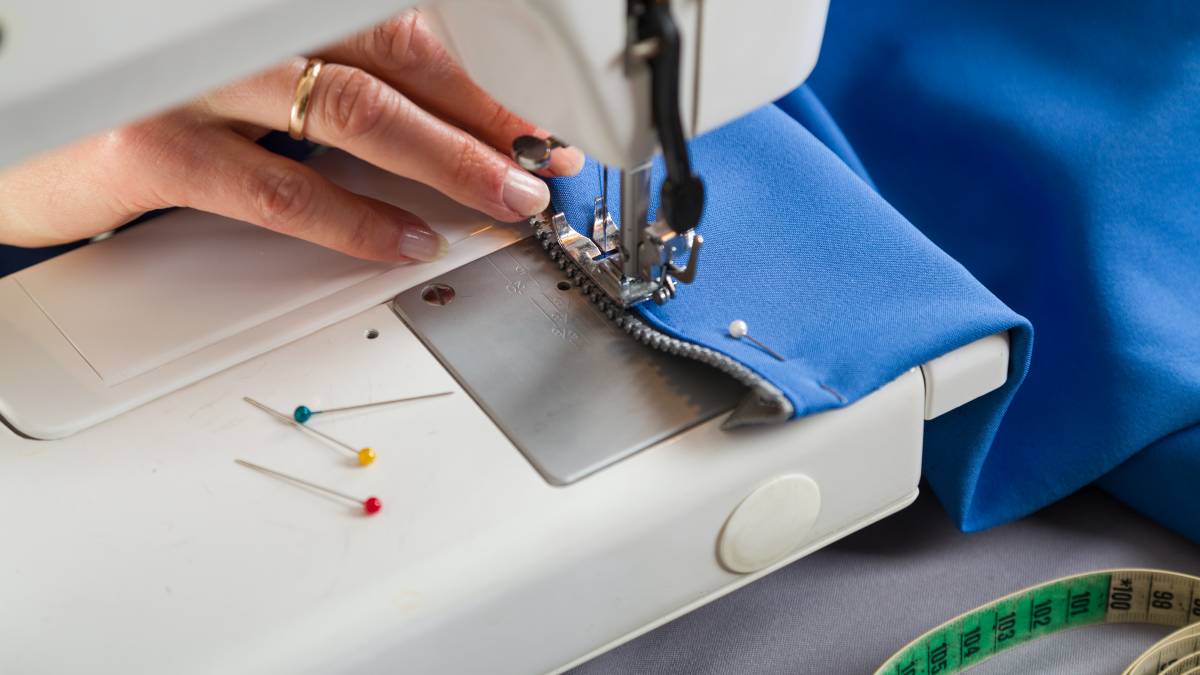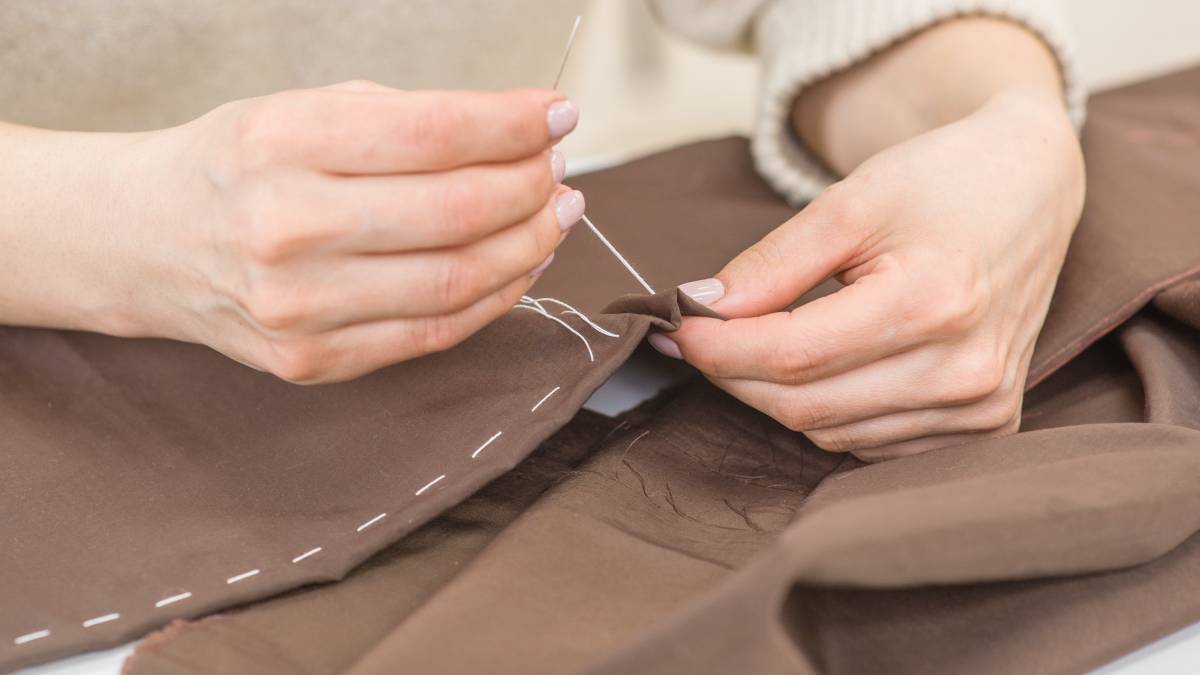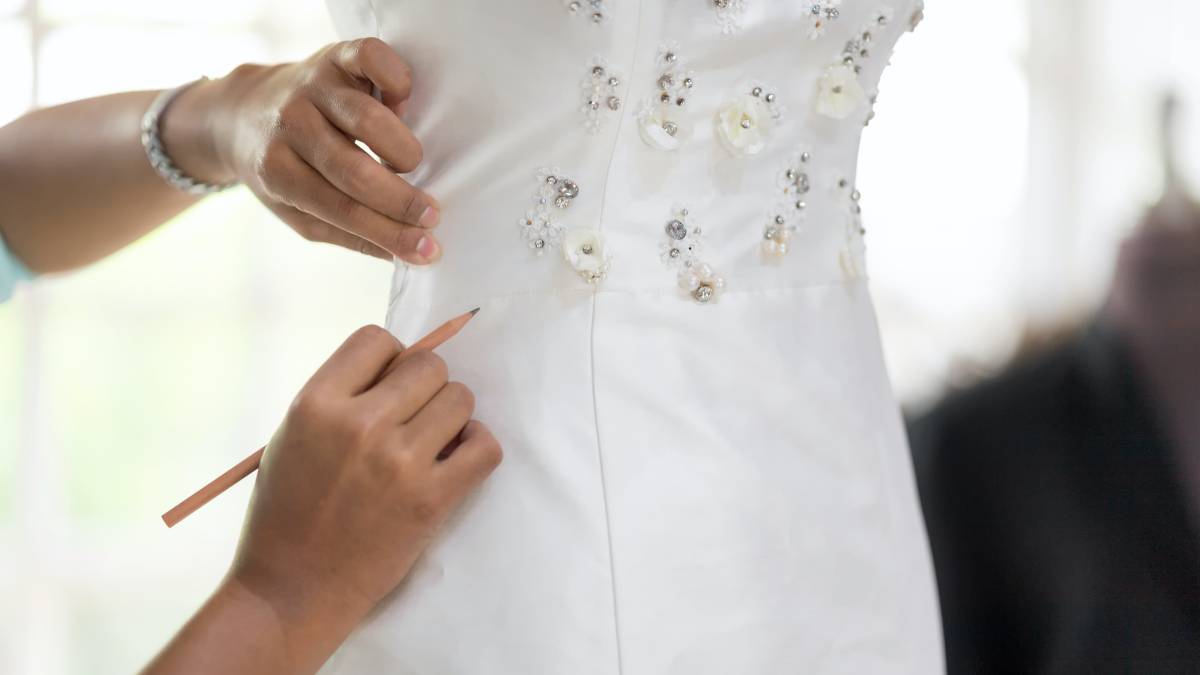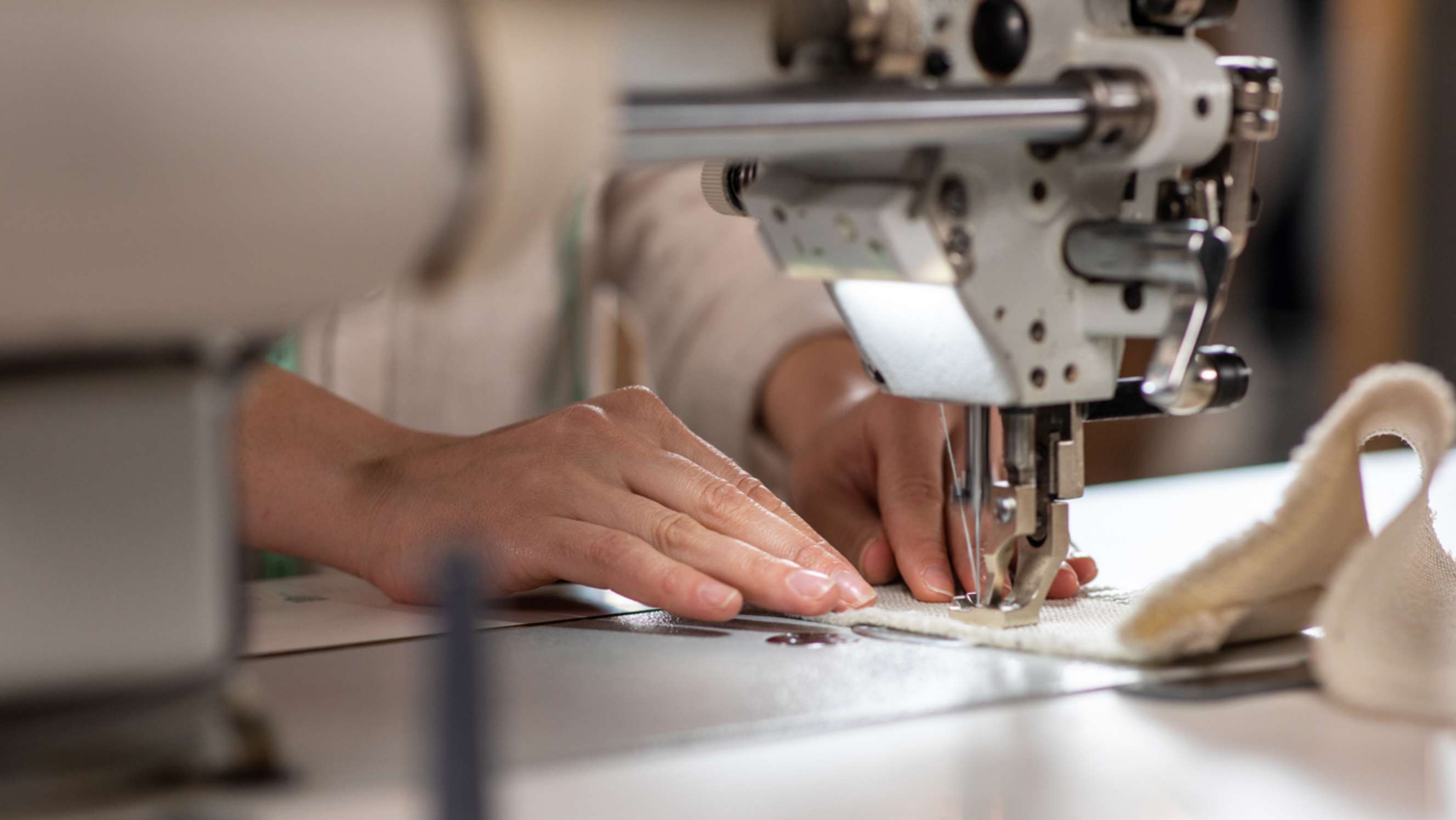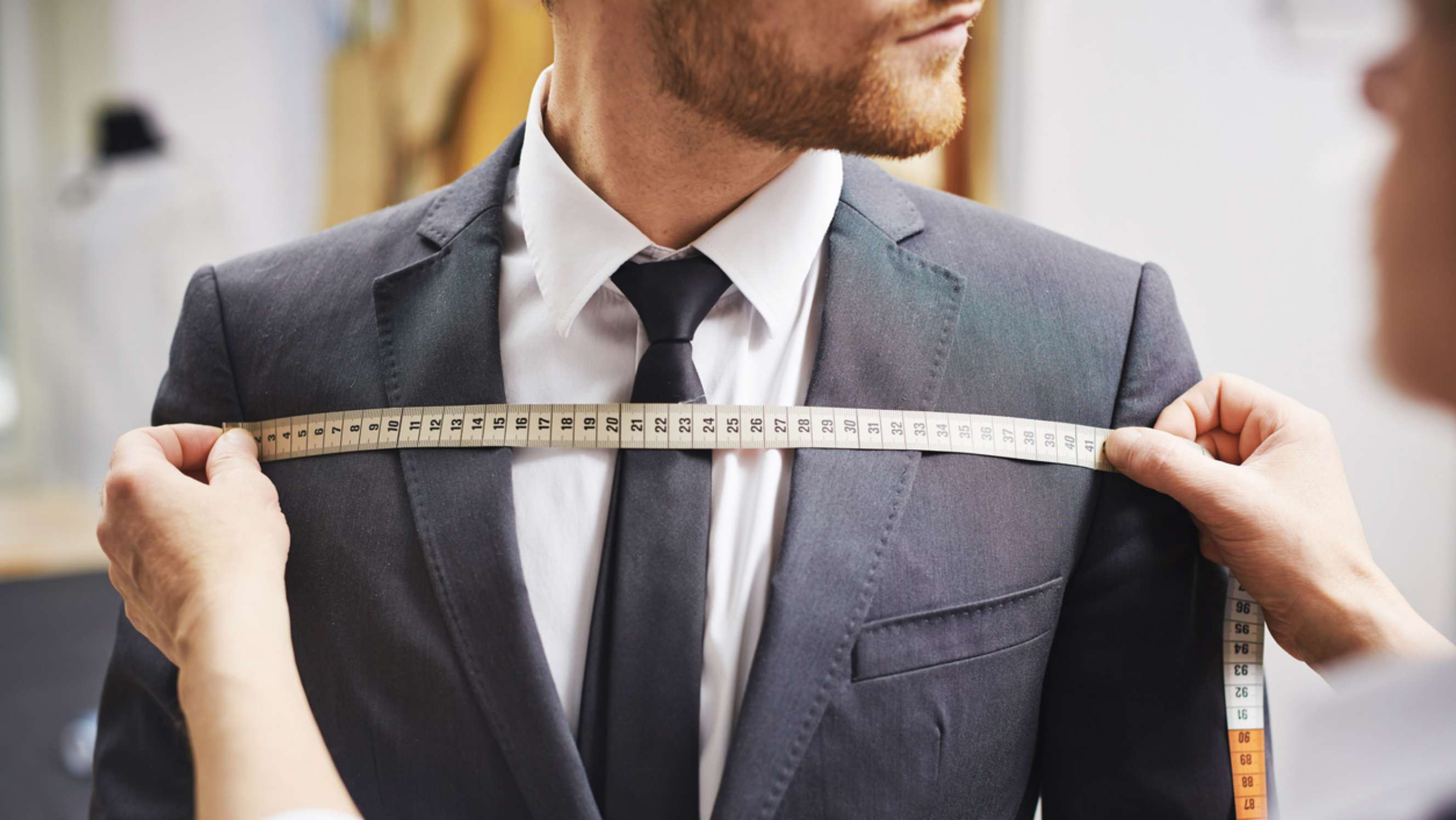- Home/
- Costs/
- Dress Alterations/
- Dress Alterations Cost Guide
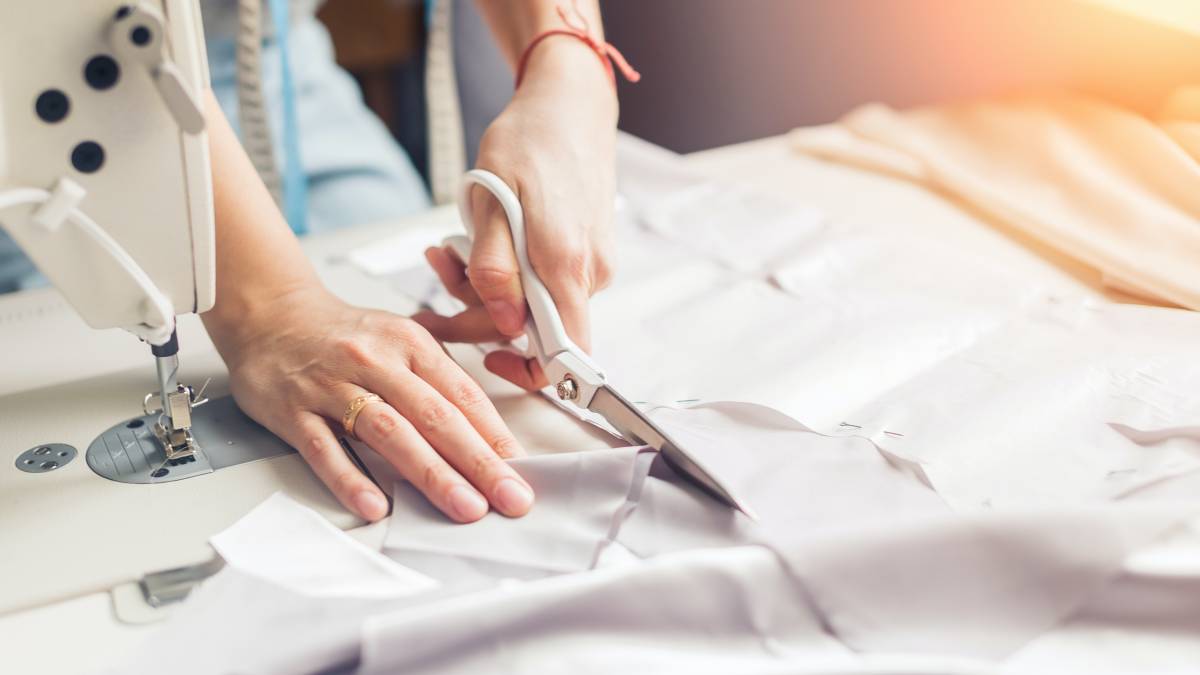
Dress alterations cost: How much do tailors charge in the US?
Get a free quote nowPost to find a price. It's free and only takes a minute.
Price guide
$15 - $200
low
$15
median
$75
high
$200
Last Updated on
Key Facts
- Hand-sewing costs more than machine work, especially with delicate materials or embellishments. Specialty fabrics like leather can increase costs by 50%.
- Taking in fabric is simpler than adding it. Very oversized dresses might need complete restructuring from shoulders to hem.
- Basic changes like shortening hems start at $20, while more technical work, like shortening bridal dresses, requires advanced techniques and costs more.
Remember that little black dress sitting in your closet? The one you spent hours shopping for last year? It fits perfectly except for the sleeves that hang too long on your arms. The good news is that you don't need to toss it out or buy a new one that fits better! The solution can be as simple as a quick dress alteration service.
In the US, the average cost of dress alterations runs $50 to $200. However, several factors can greatly affect the final bill. To help you out, this guide explains what drives these prices so nothing you love stays unworn just because it needs a small fix.
Price list for common dress alterations
This section lists current dress alteration prices for common dress alterations. From basic fixes to complete redesigns, the tables below are organized by garment type to simplify your budgeting.
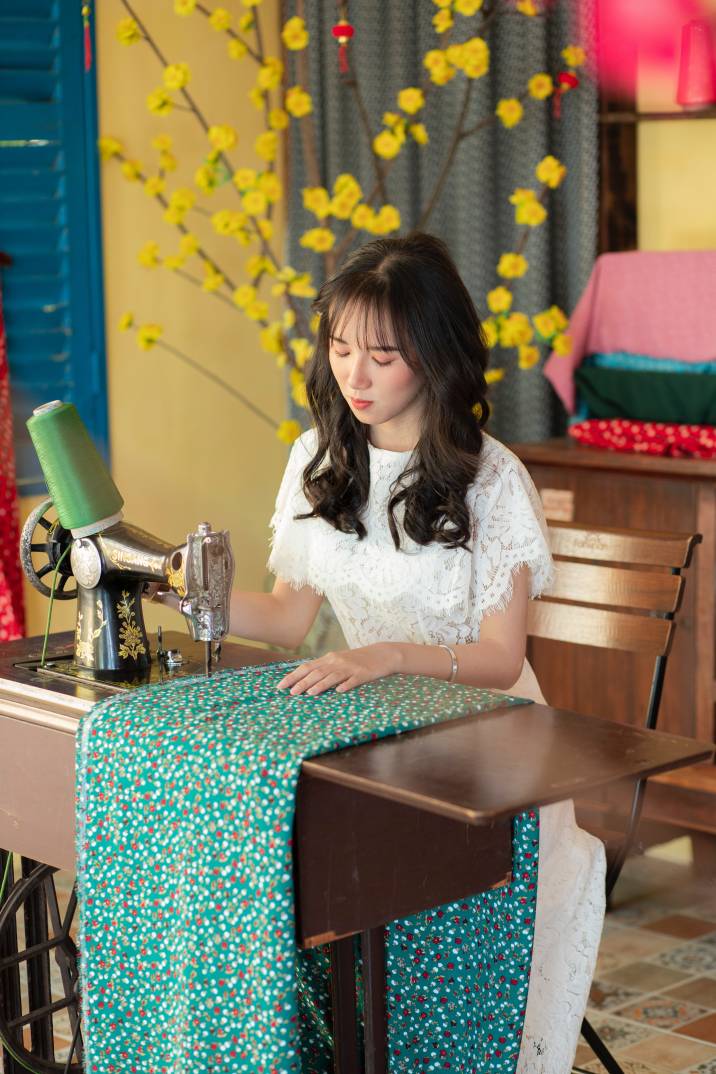 A woman using a sewing machine to resize a dress. (Source: iStock)
A woman using a sewing machine to resize a dress. (Source: iStock)
Skirts and dresses
| Alteration |
Price |
|---|---|
Take in/out sides up to sleeves |
$20 to $30 |
Take in/out sides through sleeves, reset sleeves |
$25 to $40 |
Take in/out center seam |
$15 to $25 |
Take in through zipper, reset zipper |
$30 to $40 |
Shorten from waist/back |
$30 to $40 |
Raise shoulders, reset collar and sleeves |
$40 |
Reduce shoulders |
$40 |
Shorten/lengthen sleeves |
$20 to $25 |
Shorten/lengthen sleeves, vented or detailed |
$25 to $30 |
Shorten spaghetti straps |
$15 |
Shorten shoulders/straps |
$20 to $25 |
Shorten hem, plain |
$20 to $25 |
Shorten hem, vented |
$25 to $30 |
Bias cut hem |
$35 |
Rolled hem, each full layer (price depends on hem size) |
$35+ |
Rolled hem, each full layer and reshape |
$45+ |
Shorten from the waist with reshaping |
$75 |
Bridal gowns
| Alteration |
Price |
|---|---|
Shorten |
Starts at $200 |
Take in |
Starts at $200 |
| You might also like: Bridesmaid Dress Alterations Cost Guide |
What factors affect the average cost of dress alterations?
1. Job complexity
How much does it cost to get a dress altered? The price of different alterations, like zipper repair and letting out, mainly depends on job complexity. Suppose you want to give an heirloom dress a little makeover or turn your daughter’s gown into something she can wear more often. Alteration intricacy usually determines how much it costs to alter a prom dress or formal gown.
Shortening garments is the easiest, most common, and probably most inexpensive type of alteration, costing around $25 to $45. Sometimes, clients may require a dress to be enlarged (or the process of “letting out”) to fit bigger frames. For this kind of project, the seamstress might apply various tricks to add more material to the garment.
2. Dress type
The more elaborate the dress, the more expensive it is. Altering a wedding dress can be a little more tricky. It is helpful to note that wedding boutiques often keep only one to two sizes of a specific design in stock for wedding gowns. Dresses like these are usually smaller, so probably need to alter the dress you purchased. It's very common for wedding dresses to be designed as more alteration-friendly than standard, ready-to-wear gowns.
| You might also like: Wedding Dress Alterations Cost Guide |
It will be easier and cheaper to take in a dress than to let it out. However, too large sizes probably require remaking because the cuts will have to be remade, from the neckline and shoulders to the bodice and skirt side seams. But everything will be worth it because, without proper alterations, you might have to deal with a wardrobe malfunction.
3. Stitch type
There are different types of stitches depending on the style of the dress. A blind-stitched (or invisible) dress hem alteration costs less than a top-stitched hem. Alterations requiring more hand sewing take longer and thus cost more. Most formal attire and bridal gowns with delicate fabric, intricate lace designs, or elaborate beadings require hand sewing to ensure that the embellishments are placed accurately.
 A woman using a sewing machine to alter a dress. (Source: iStock)
A woman using a sewing machine to alter a dress. (Source: iStock)
4. Fabric type
The thickness and machine requirements of the fabric also contribute to the dress alteration service’s cost. For instance, shortening and hemming a dress made of denim will require a seamstress to use a sewing machine with heavier-gauge needles and threads. Leather is a rare material to use in dresses, so altering a leather dress will usually cost 50% more than a fabric dress.
5. Your location
Like in any other project, your location can affect the cost of booking dress alteration services. A professional seamstress in a big city or state might have higher fees due to business costs such as storefront rental and taxes. Conversely, dress alteration costs are lower in rural areas.
6. Tasker experience
The skill level of the alteration or tailoring expert you choose also affects the cost of dress alterations. More often than not, professional seamstresses with decades of experience charge more than newer ones.
Post a task for dress alteration
Ready to fix your dress? Skip the long hours scrolling through online reviews. With Airtasker, you'll get quotes from local tailors who can help right away.
Try these quick steps:
- Take clear photos of your dress and what needs changing
- Post these with your budget and timeline
- Check past work from tailors who respond
- Pick someone whose skills match your needs
Why let your favorite dress stay unworn when it just needs a quick fix with a reliable seamstress? Most alterations cost less than buying something new, and you keep clothes you already know look great on you. Post your first task now, and wear that black dress again next weekend!
FAQs
Improperly fitted dresses don't look flattering on any figure. Most importantly, they're not comfortable to wear. Fashion nightmares such as unflattering photos and wardrobe malfunctions are some of the issues you can prevent by having your dress altered.
The process of making a beautiful dress requires training and skill. Unless you have training or experience altering dresses, doing it yourself might cause more harm than good.
A well-fitted dress must support and shape the bust. It should also accentuate your body shape. For most women, casual dresses should be comfortable to wear. For brides, a gown should be long enough to cover their shoes (if applicable) but not too long that it causes them to trip.
Find dress alterations, fast
Post a task
Related price guides
Related articles
